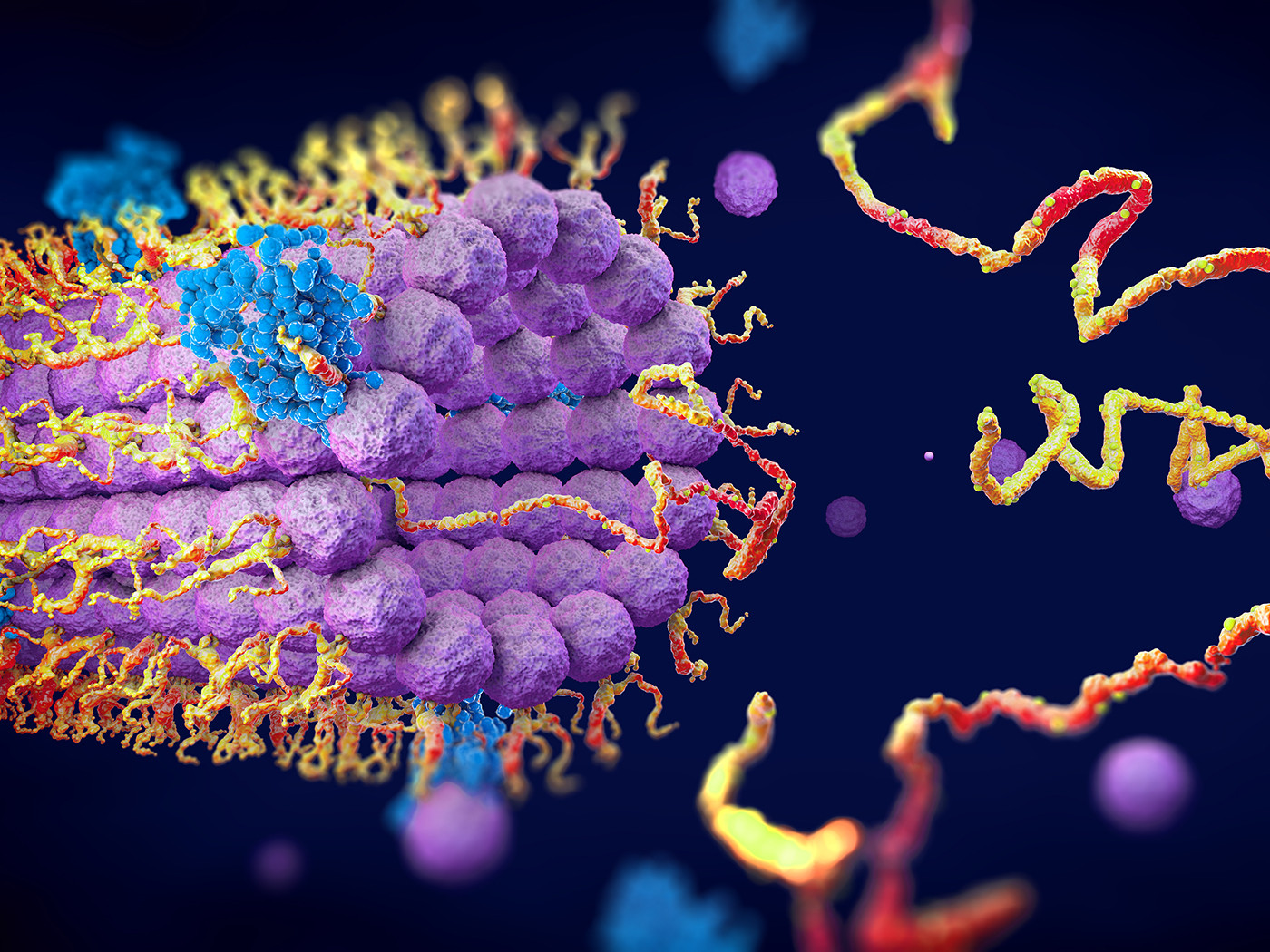A report issued earlier this year by the U.S. Department of Education found that American students struggle with science.
The DOE sampled approximately 318,000 fourth, eighth, and twelfth graders from about 17,000 schools across the nation in the 2009 National Assessment of Educational Progress.1 According to the results, only about 34 percent of fourth graders, 30 percent of eight graders, and 21 percent of twelfth graders received proficiency scores in science. One percent of fourth and twelfth graders and two percent of eighth graders achieved advanced proficiency, while the rest fell into the basic category.
The report broke down student performance results based on demographics such as public versus private schools, geographical area, gender, and ethnicity. But a look at some of the questions that appeared on the assessment raises more questions.2
Most of the questions for fourth and eighth graders focused on observable and applicable science, while almost a quarter of the assessment for twelfth graders pertained to evolution.
When the high school seniors were asked to draw conclusions about photosynthesis based on given observations, about 23 percent answered the question correctly, as opposed to 54 percent who "correctly" answered a question on identifying information to determine evolutionary relationships. In another instance, seniors were asked to provide explanations on changes in bacteria growth rates based on data on a graph. Almost 28 percent answered correctly, while about 73 percent answered "correctly" a question regarding which forelimb structure "evolved to live only in an aquatic (water) environment."
These results suggest that students are indeed able to parrot back evolutionary information as they are taught it, but they struggle with problems involving critical thinking and application, such as analyzing data and drawing scientific conclusions from them.
Interestingly, however, a couple of questions exposing one of evolution's major weaknesses made it onto the seniors' test. One asked students to explain resistance in bacteria to antibiotics "based on the theory of evolution." Fewer than 12 percent of twelfth graders answered "correctly," which is interesting because evolution lacks an explanation for this clearly seen design feature.3 Another asked students to explain animal bone structure variations, with multiple choice answers all phrased from the evolutionary perspective. Fewer than 20 percent answered that one "correctly"…perhaps because rather than providing an indication of any evolutionary history, these variations in bone structure are consistent with each creature having been intentionally created to fulfill its specific habitat.4
Judging by the results of this study, American students do not need to be taught more evolution, as certain special interest groups would have the public believe. The results also strongly suggest that the current education system is not equipping students to foster and practice critical thinking and application in observable, real-world scenarios, leaving a vast majority of them ill-prepared to carry scientific advancement into the future.
If America wants to adequately prepare its future engineers and scientists, then evolution is not the answer.
References
- The Nation's Report Card: Science 2009. National Center for Education Statistics. Posted on nces.ed.gov January 2011, accessed February 24, 2011.
- Specific test questions and related information can also be found by accessing the NAEP Questions Tool on the National Center for Education Statistics website at nces.ed.gov.
- Thomas, B. New Antibiotic Kills Drug-resistant Superbugs. ICR News. Posted on icr.org July 14, 2008, accessed February 25, 2011.
- Johnson, J. J. S. 2010. Survival of the Fitted: God's Providential Programming. Acts & Facts. 39 (10): 17-18.
* Ms. Dao is Assistant Editor at the Institute for Creation Research.
Article posted on March 2, 2011.





















